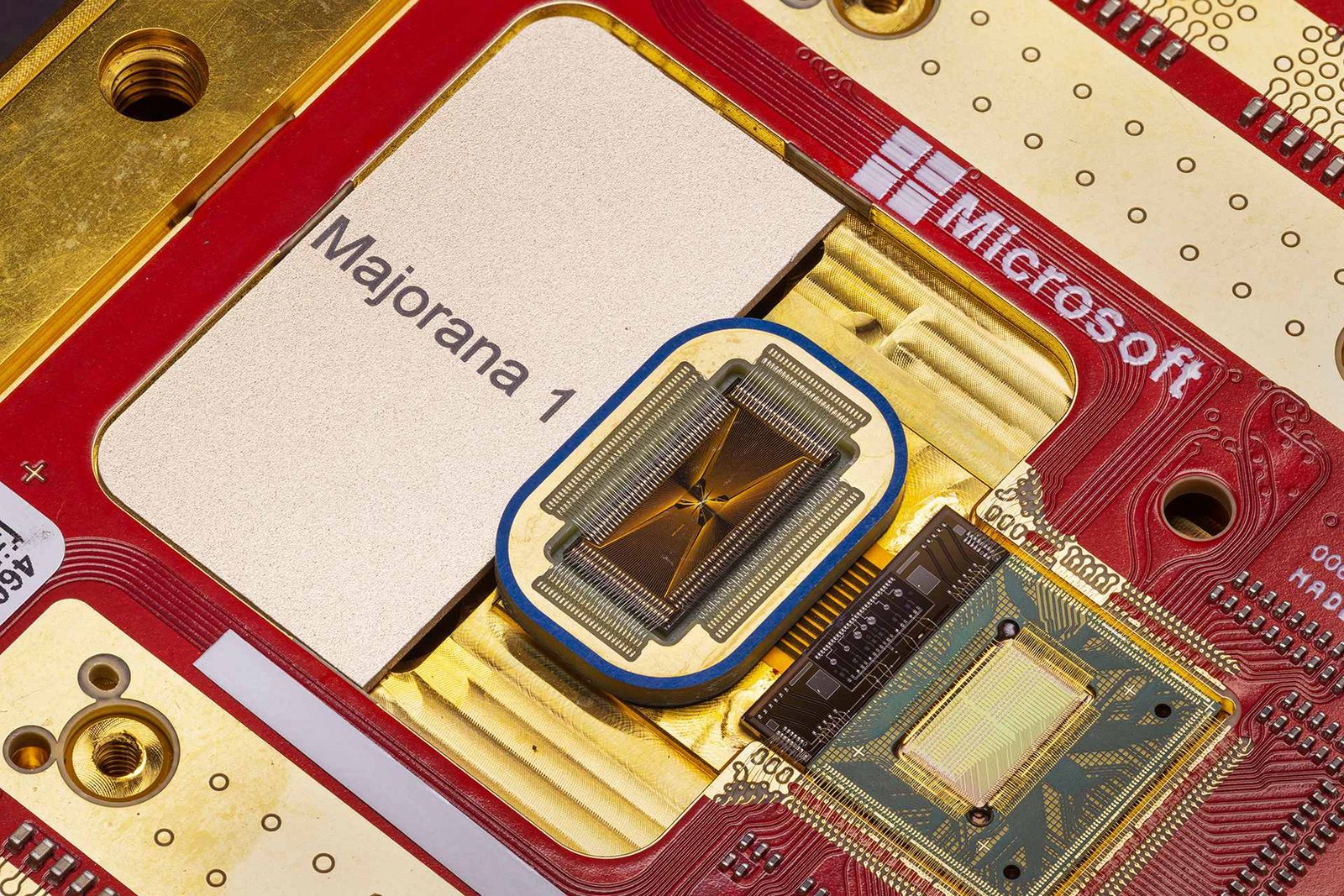Quantum computing, once a distant vision, is inching closer to reality, promising to solve problems beyond classical computers’ reach. On February 19, 2025, Microsoft announced the Majorana 1 chip—a quantum processor leveraging topological qubits—igniting both excitement and skepticism. But what is quantum computing, how did it evolve, and why does this announcement matter? Let’s explore.
What Is Quantum Computing?
Quantum computing rewrites the rules of computation. Classical computers use bits, locked as 0 or 1. Quantum computers use qubits, which, through superposition, can be 0, 1, or both at once. Entanglement links qubits, so a change in one instantly affects another, allowing quantum systems to tackle multiple computations simultaneously. This could crack challenges like molecular modeling or encryption that stump classical machines.
How Did Quantum Computing Emerge?
The roots lie in early 20th-century quantum mechanics, revealing particles’ bizarre behavior. In the 1980s, Richard Feynman suggested quantum systems could outsimulate classical ones. David Deutsch then theorized a “quantum Turing machine.” The 1990s saw Peter Shor’s algorithm prove quantum computers could shatter modern cryptography, sparking a race among IBM, Google, and Microsoft. Yet, building practical quantum systems remains elusive.
What Could Quantum Computing Achieve?
The potential is staggering:
- New Treatments: Modeling atomic interactions to accelerate better therapies, revolutionizing healthcare.
- Materials Science: Designing superconductors or batteries with unprecedented precision through quantum simulation.
- Cryptography: Breaking current encryption methods with Shor’s algorithm while fostering quantum-secure alternatives.
- Climate Solutions: Enhancing complex optimizations for carbon capture or weather prediction.
- Artificial Intelligence: Accelerating machine learning by processing expansive datasets in novel ways.
- Space Exploration: Simulating cosmic phenomena or optimizing interstellar trajectories with unparalleled accuracy.
Quantum computing could reshape our world—if we can tame its challenges.
Challenges in Realizing Quantum Computing
Qubits are fragile, prone to “quantum decoherence” from heat, light, or noise, requiring near-absolute-zero temperatures. These qubits are also error-prone, making it a puzzle to correct them without breaking their quantum state. Today’s “noisy intermediate-scale quantum” (NISQ) devices, with limited qubits, can’t yet outpace classical computers practically. Scaling to millions of stable qubits is the goal—a feat Microsoft claims Majorana 1 brings closer.
Microsoft’s Majorana 1 Announcement
On February 19, 2025, Microsoft unveiled plans for the Majorana 1 chip, a quantum processor rooted in topological qubits and Majorana zero modes. Named after Ettore Majorana, who theorized these self-antiparticle entities in 1937 before his mysterious disappearance, these modes arise in a novel material Microsoft calls a “topoconductor.” Combining indium arsenide (a semiconductor) and aluminum (a superconductor), this material aims to host stable Majorana particles.
Unlike rivals’ superconducting or trapped-ion qubits, topological qubits spread information across multiple points, resisting disruptions. Microsoft says this stability could cut error rates and simplify error correction—a persistent quantum hurdle. The Majorana 1, with eight initial topological qubits, is pitched as a stepping stone to a million-qubit system on a single, palm-sized chip. CEO Satya Nadella calls it “a clear path to a million-qubit processor,” projecting practical quantum computing “in years, not decades.”
The announcement rippled through tech circles. Microsoft envisions Majorana 1 enabling breakthroughs in healthcare, materials, and beyond, potentially outpacing competitors’ timelines.
Skepticism and the Path Ahead
Not everyone’s convinced. Microsoft’s 2018 Majorana claim was retracted in 2021 after data flaws, fueling doubts. Physicist Sergey Frolov of the University of Pittsburgh, speaking to The Register on March 12, 2025, called the physics behind Majorana 1 “not established,” hinting at possible exaggeration. At a 2025 American Physical Society meeting, experts questioned whether Microsoft’s topoconductor truly harnesses Majorana modes, awaiting peer-reviewed proof. A Nature critique on March 9, 2025, flagged holes in Microsoft’s testing protocol.
Microsoft counters with a Nature paper (published February 19, 2025) claiming a 1% error rate in measuring Majorana states—a promising start. Rivals like IBM (433 qubits with Osprey) and Google (Willow chip) lead in qubit count but grapple with instability. Amazon execs, per Benzinga (March 8, 2025), also expressed skepticism, urging scrutiny of Nadella’s claims.
Is Majorana 1 a game-changer or another quantum tease? Microsoft’s betting on topological stability to leapfrog the competition, but only time—and data—will tell.
Reference Links:
https://news.microsoft.com/azure-quantum/
https://news.microsoft.com/source/features/innovation/microsofts-majorana-1-chip-carves-new-path-for-quantum-computing/








